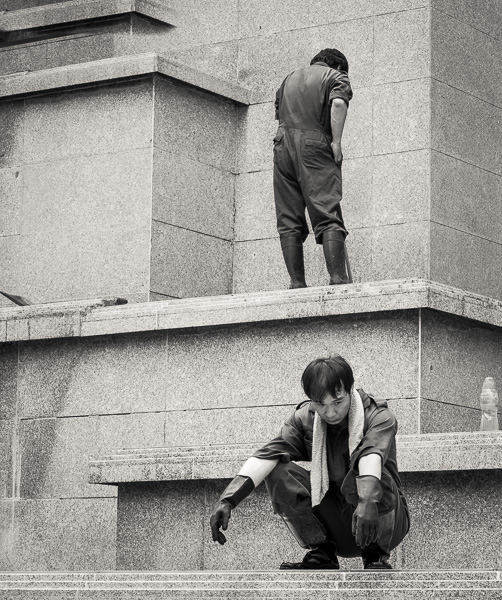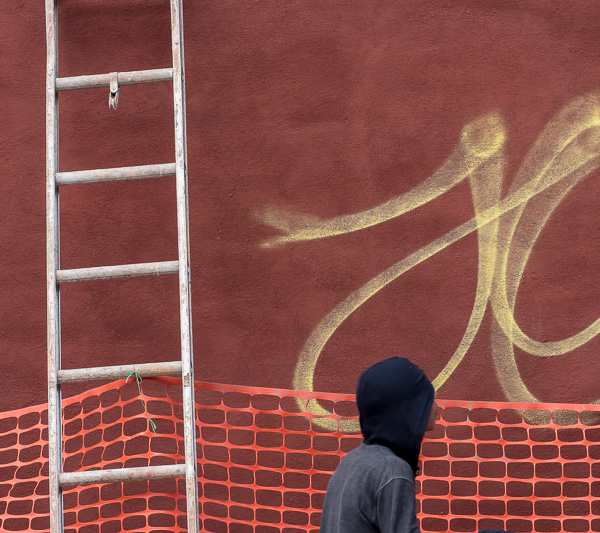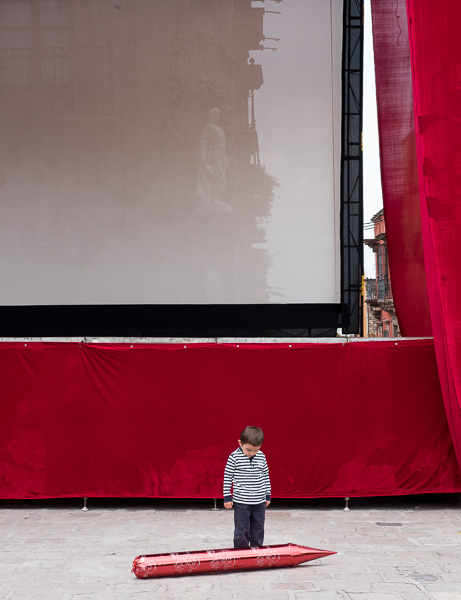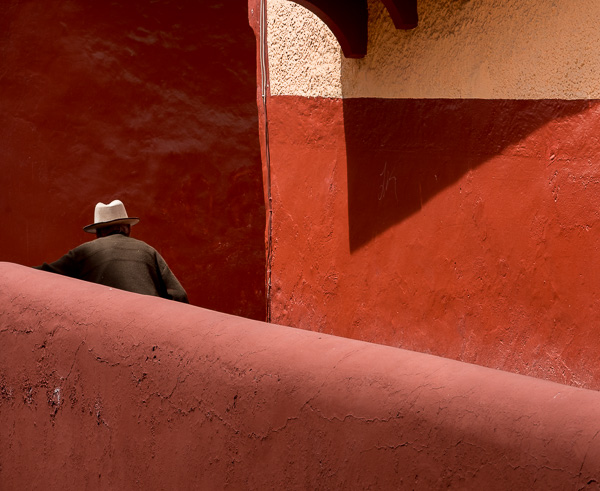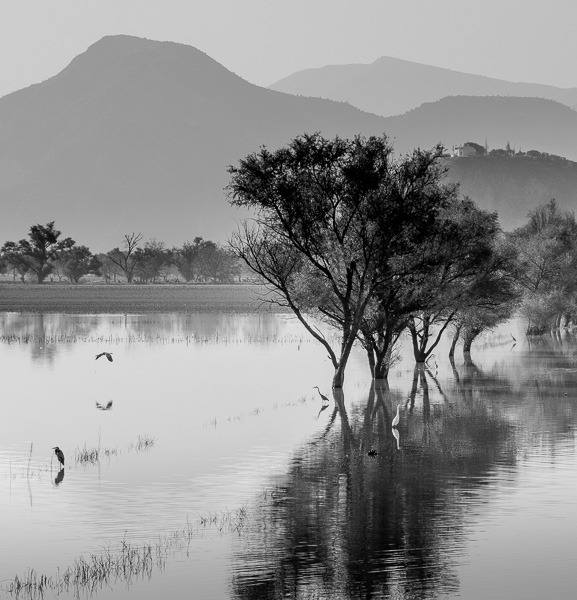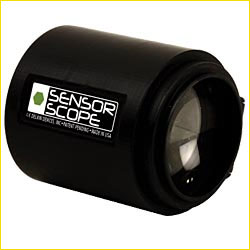
Dust is the enemy, and it has been since the invention of photography. It was the bane of our existence when printing in the chemical darkroom, and large format photographers still struggle to keep their film holders dust free.
Digital photographers similarly battle dust on their sensors. In the past year or two more and more camera makers have been adding sensor plateultrasonic vibration systemsto their new cameras. These appear to work well, and sensor dust and the nasty spots on our images that they cause are starting to diminish as an issue. But, for those of us with older non-vibrating sensor cameras, and for those who still have dust even after the camera has been given a good shaking, there is now a new solution available, theDelkin SensorScope System.

The SensorScope comes in a fitted plastic carry case which contains what Delkin calls a completeDigitalDuster Kit. This consists of the SensorScope itself, a SensorVac, cleaning wands and a cleaning solution. The most interesting, and useful of these devices is the SensorScope itself, so let’s look at it first.
________________________________________________________
The SensorScope
Looking a bit like a short / fast lens, the SensorScope fits into the lens mount of a DSLR. It doesn’t attach directly, but rather sits loosely on the lens mount’s surface. Contained within it are four high intensity LEDs, and the scope itself contains a magnifying lens system. Press and hold a button to turn the LEDs on, and look through the SensorScope at your camera’s sensor.
You may have to slightly raise or lower the SensorScope with your finger pressure, but on most cameras from Nikon, Canon and Fuji, according to Delkin, you should have a perfectly in-focus view. Because of the large size of the lenses the view is of the entire sensor, and because of the highly collimated nature of the LED illumination any dust or debris on the surface of the sensor is brought into stark relief.
This works brilliantly. I tried it with several cameras, including a Canon1Ds MKII and 5D, and also a Leica M8. The Leica has a different lens flange to sensor distance so I had to reposition the SensorScope a bit, but it still worked very well to illuminate and show dust.
________________________________________________________
The SensorVac
The SensorScope comes as a kit, along with something called a SensorVac. This is a tiny vacuum cleaner type device with a brush at one end for removing dust from the sensor and a built-in LED illuminator. It is powered via a USB cable that can either plug into a USB socket on ones laptop computer, or into a provided battery case.
I had high hopes for the SensorVac, but it proved to be a disappointment. Try as I might, I could not get it to lift any appreciable amount of debris from the sensors on several cameras. Yes, it did some, but certainly not as much as I felt it should.
I turned to my favourite dust removal device, theArctic Butterfly, and in just a few seconds the majority of the dust that the SensorVac had been unable to remove was gone.
________________________________________________________
SensorWands & SensorSolution
The SensorScope kit also comes with cleaning swabs and solution. These worked well, and did a fine job of removing any debris that theArctic Butterflycouldn’t handle. I can’t say that this Delkin alternative is any better or worse than similar cleaning solutions from other companies.
________________________________________________________
Conclusion and Recommendation
The complete Delkin SensorScope sells for US $189.99. It is a brilliant product, and I know of nothing else on the market that is equivalent, or as useful. But, the bad news is that to get the SensorScope one is forced to buy the entire kit, which includes a fitted carry case, the SensorVac, and the SensorWands and SensorSolution.
The vacuum device didn’t impress me, and I can do without it. The swabs and solution are fine, but there are alternatives. The fitted case is OK as far as it goes, but bulky and unlikely to end up anywhere other than in basement storage.
The real star here is the SensorScope itself, and frankly it gets my highest recommendation. But at close to $200 it is seriously overpriced, and so on that basis the entire kit (the only way to currently get a SensorScope) isn’t something that I can recommend. My advice to Delkin is – ramp up manufacturing to get past the current backorder situation (April, ’07) and make the SensorScope available as a stand-alone product for under $100. Then you’ll have a product that few photographers will want to be without.
April, 2007
________________________________________________________
Update
This Hungarian web site has anEnglish translationof a comparison between various camera’s dust elimination systems in recent models from Olympus, Canon, Pentax and Sony. The results are surprising, and disappointing, making the use of a SensorScope and decent cleaning system well worthwhile foranyDSLR.
Read this story and all the best stories on The Luminous Landscape
The author has made this story available to Luminous Landscape members only. Upgrade to get instant access to this story and other benefits available only to members.
Why choose us?
Luminous-Landscape is a membership site. Our website contains over 5300 articles on almost every topic, camera, lens and printer you can imagine. Our membership model is simple, just $2 a month ($24.00 USD a year). This $24 gains you access to a wealth of information including all our past and future video tutorials on such topics as Lightroom, Capture One, Printing, file management and dozens of interviews and travel videos.
- New Articles every few days
- All original content found nowhere else on the web
- No Pop Up Google Sense ads – Our advertisers are photo related
- Download/stream video to any device
- NEW videos monthly
- Top well-known photographer contributors
- Posts from industry leaders
- Speciality Photography Workshops
- Mobile device scalable
- Exclusive video interviews
- Special vendor offers for members
- Hands On Product reviews
- FREE – User Forum. One of the most read user forums on the internet
- Access to our community Buy and Sell pages; for members only.






